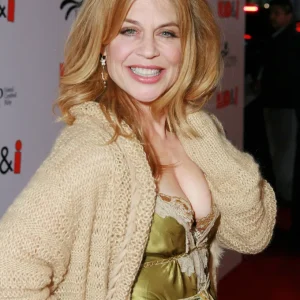Anita Ekberg, the Swedish-born actress who captured the essence of 1960s glamour, is remembered for her iconic role in Federico Fellini’s La Dolce Vita. With her striking beauty and charismatic presence, she left an indelible mark on both the film and fashion worlds. But Ekberg’s story goes beyond the screen—her life was a fascinating blend of success, challenges, and a lasting influence that continues to inspire. This article delves into the life of Anita Ekberg, from her humble beginnings to her rise as a symbol of cinematic allure.
Early Life and the Road to Stardom
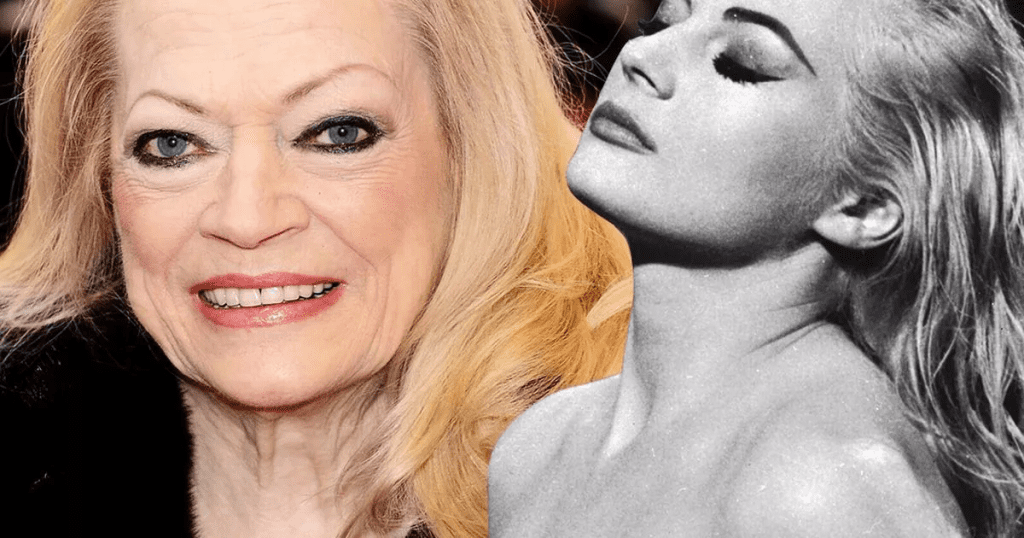
Kerstin Anita Marianne Ekberg was born on September 29, 1931, in Malmö, Sweden. Growing up in a large family of eight, Ekberg’s early years were filled with the ordinary challenges of a modest household. Even as a young girl, her natural beauty drew attention. Her early interest in entertainment set the stage for a remarkable journey that would eventually make her a global star.
As a teenager, Ekberg began participating in beauty pageants, and in 1950, she won the title of Miss Sweden. This victory opened doors to modeling and acting, and soon after, she found herself on her way to the United States to compete in the Miss Universe competition. Although she didn’t win the crown, her captivating beauty caught the eye of Hollywood, marking the beginning of her international career.
Breaking into Hollywood
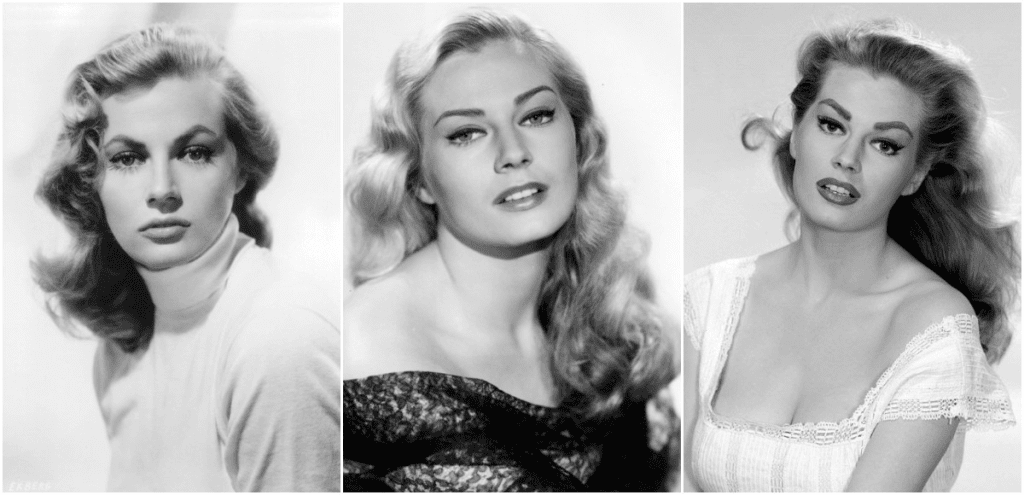
Hollywood executives quickly recognized Ekberg’s potential. She signed a contract with Universal Pictures and made her first forays into the world of American cinema. Her initial roles, such as in Abbott and Costello Go to Mars (1953) and Blood Alley (1955), were modest, yet they showcased her unique blend of beauty and screen presence. Hollywood, however, struggled to find the perfect roles for her, as her European allure and distinct appearance set her apart from typical American starlets.
While Ekberg’s early Hollywood roles may not have propelled her to stardom, they laid the foundation for what would become a turning point in her career. She soon caught the attention of acclaimed Italian director Federico Fellini, who saw in her an ideal muse for his upcoming film.
An Iconic Performance in La Dolce Vita
In 1960, Ekberg achieved international fame with her unforgettable role in La Dolce Vita. In the film, she portrayed Sylvia, a glamorous American actress visiting Rome, and one scene in particular has become iconic. The scene where Ekberg, dressed in a black evening gown, wades into the Trevi Fountain with co-star Marcello Mastroianni is etched into cinematic history. This moment captured the sensuality, sophistication, and allure that defined Ekberg’s on-screen persona.
La Dolce Vita wasn’t just a film—it was a cultural phenomenon. Ekberg’s portrayal of Sylvia resonated with audiences worldwide, and the movie itself became a symbol of 1960s Italian cinema. Through this role, Ekberg established herself as a timeless icon, embodying both the glamour and the complexity of the era.
Life Beyond the Silver Screen
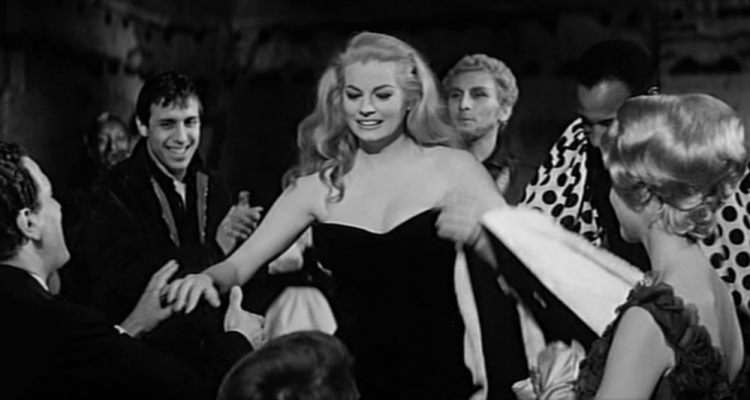
Following the success of La Dolce Vita, Ekberg became a fixture in high society, gracing magazine covers and attending film festivals. The media, however, often focused on her personal life as much as her career. She married twice, first to British actor Anthony Steel and later to American actor Rik Van Nutter, but both marriages ended in divorce. The tabloids frequently covered her relationships, adding to her mystique but often overshadowing her professional achievements.
Ekberg was not just a Hollywood star; she was a cultural icon who embraced the lifestyle that came with fame. She moved to Italy, where she found a new home and immersed herself in Italian culture. Despite her fame, she was often candid about the challenges of being in the public eye and expressed frustration with the way the media emphasized her looks and personal life over her work.
Career Beyond La Dolce Vita
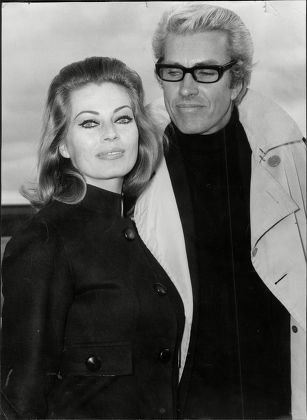
Ekberg’s career extended well beyond her role as Sylvia. She worked with renowned directors and appeared in films across Europe and the United States. Some of her notable roles include her appearances in Boccaccio ’70 (1962), Four for Texas (1963), and The Alphabet Murders (1965). These films allowed her to explore a variety of genres, from comedy to drama, showcasing her versatility as an actress.
One of her most memorable collaborations was with director Vittorio De Sica in Boccaccio ’70, where she played herself in a segment directed by Fellini. This role further cemented her status as a muse of Italian cinema, and it highlighted her ability to adapt to different characters and styles. Ekberg’s ongoing work in Italian cinema underscored her appreciation for the country that had embraced her and helped shape her career.
Later Life and Legacy
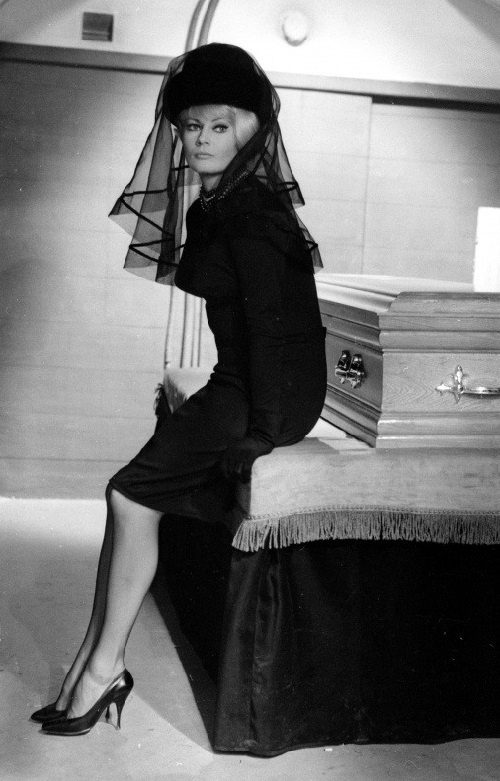
As she grew older, Ekberg continued to live in Italy, a place she had come to love deeply. While she no longer starred in major films, she remained a beloved figure in the entertainment world, often attending film festivals and events. Her final years, however, were marked by health issues and financial difficulties, but Ekberg faced these challenges with resilience.
Anita Ekberg passed away on January 11, 2015, in Rocca di Papa, Italy. She left behind a legacy that extends beyond her unforgettable role in La Dolce Vita. Ekberg’s influence on fashion, film, and pop culture remains strong. Her portrayal of Sylvia continues to inspire designers, filmmakers, and fans worldwide, reminding us of the timeless allure of classic cinema.
The Lasting Influence of Anita Ekberg
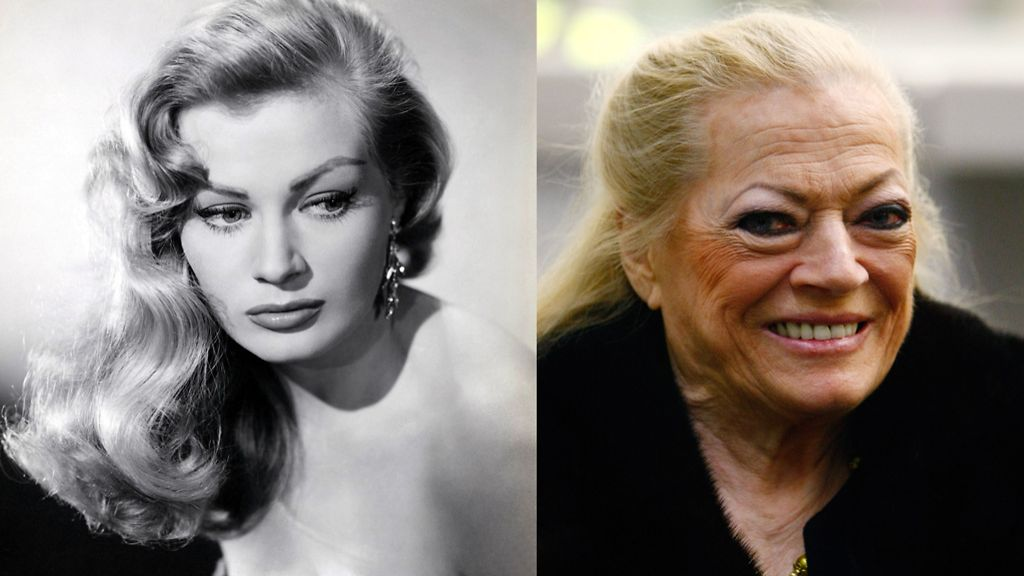
Anita Ekberg’s story is one of beauty, resilience, and a love for cinema. Her life reflects the power of film to shape cultural perceptions and inspire generations. As an actress, Ekberg brought characters to life in a way that resonated with audiences across the globe. Her elegance, both on and off the screen, has left a lasting impression that continues to captivate and inspire.
Ekberg’s impact on film and fashion remains undeniable. Her iconic presence in La Dolce Vita has immortalized her as a symbol of glamour, sophistication, and cinematic allure. In a world where few reach such legendary status, Anita Ekberg stands out as a timeless icon whose legacy endures, reminding us of the magic that the golden era of cinema brought to the world.
